Monday 5th February 2018

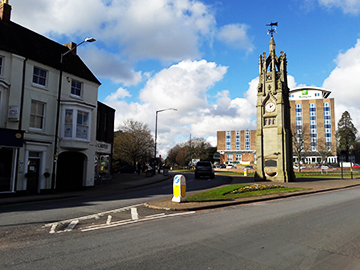
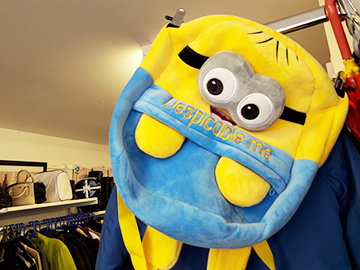
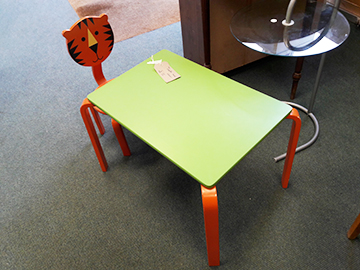

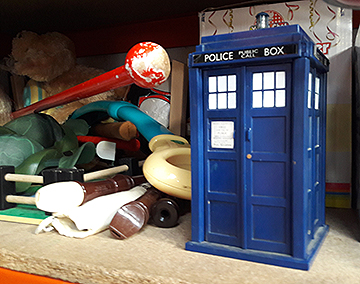



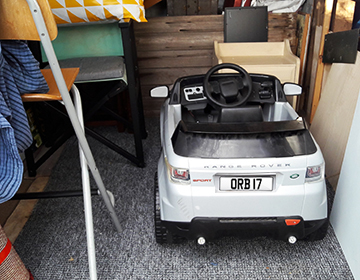
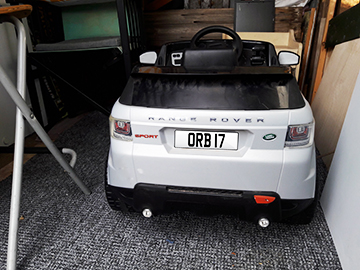
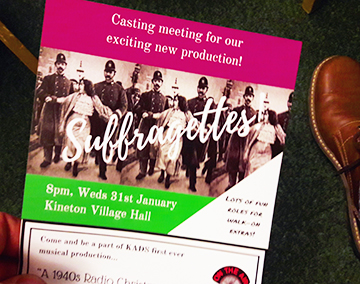
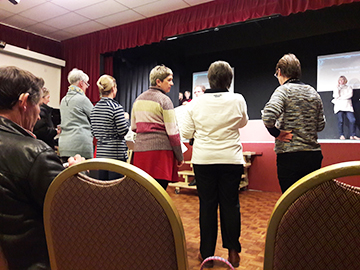
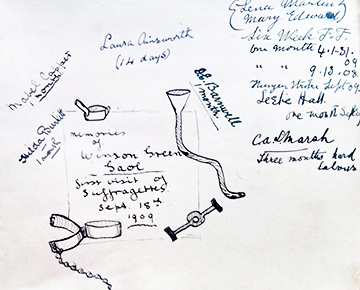
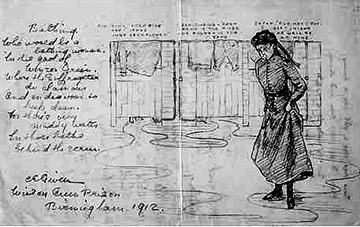
I again went to Kineton Am Dram and I still cannot make up my mind to tread the boards or not its a real dilemma. I’m well into studying more about the events of the Suffragettes. The did quite a bit of damage with fire bombs and real bombs. I noticed when they were force fed it was women prison officers who were doing quite a bit of the feeding by force.
The white feather women were also something I learnt a lot about too.
As a symbol of cowardice, the white feather supposedly comes from cockfighting and the belief that a cockerel sporting a white feather in its tail is likely to be a poor fighter. Pure-breed gamecocks do not show white feathers, so its presence indicates that the cockerel is an inferior cross-breed.
Annie Kenney (13 September 1879 – 9 July 1953) was the only working class suffragette to become a leading figure in the Women’s Social and Political Union. She attracted the attention of the press and the public in 1905 when she, and Christabel Pankhurst, were imprisoned for several days for assault and obstruction, after heckling Sir Edward Grey at a Liberal rally in Manchester on the issue of votes for women. This incident is credited with inaugurating a new phase in the struggle for women’s suffrage in the UK, with the adoption of militant tactics.
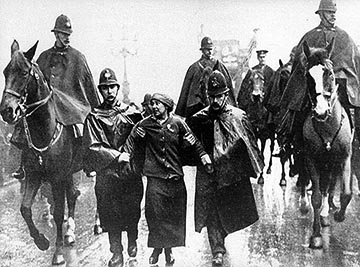
Estelle Sylvia Pankhurst (5 May 1882 – 27 September 1960) was an English campaigner for the suffragette movement, a prominent left communist and, later, an activist in the cause of anti-fascism. Estelle Sylvia Pankhurst (she later dropped her first forename) was born in Manchester, a daughter of Dr Richard Pankhurst and Emmeline Pankhurst, who both later became founding members of the Independent Labour Party and were much concerned with women’s rights. Sylvia and her sisters, Christabel and Adela, attended Manchester High School for Girls, and all three became suffragists. Sylvia trained as an artist at the Manchester School of Art, and, in 1900, won a scholarship to the Royal College of Art in South Kensington.
n 1906, Sylvia Pankhurst started to work full-time for the Women’s Social and Political Union (WSPU) with her sister Christabel and their mother. She applied her artistic talents on behalf of the WSPU, devising its logo and various leaflets, banners, and posters as well as the decoration of its meeting halls. In 1907 she toured industrial towns in England and Scotland, painting portraits of working-class women in their working environments.[3] She spent time in Leicester where she was welcomed by Alice Hawkins who she knew through the Independent Labour Party. They were soon joined by Mary Gawthorpe and they established a WSPU presence in Leicester.
In contrast to Emmeline and Christabel, Sylvia retained an affiliation with the labour movement and concentrated her activity on local campaigning. She and Amy Bull founded the East London Federation of the WSPU. Sylvia also contributed articles to the WSPU’s newspaper, Votes for Women and, in 1911, she published a propagandist history of the WSPU’s campaign, The Suffragette: The History of the Women’s Militant Suffrage Movement.
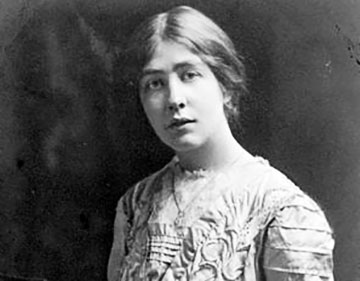
By 1914, Sylvia had many disagreements with the route the WSPU was taking. It had become independent of any political party, but she wanted it to become an explicitly socialist organisation tackling wider issues than women’s suffrage, and aligned with the Independent Labour Party. She had a close personal relationship with the Labour politician Keir Hardie. On 1 November 1913, Pankhurst showed her support in the Dublin Lockout and spoke at a meeting in London. The members of the WSPU, particularly co-founder and her sister Christabel, did not agree with her actions, thus expelling her from the union. Her expulsion led to her founding of the East London Federation of Suffragettes (ELFS), which over the years evolved politically and changed its name accordingly, first to the Women’s Suffrage Federation and then to the Workers’ Socialist Federation. She founded the newspaper of the WSF, Women’s Dreadnought, which subsequently became the Workers’ Dreadnought. It organised against the First World War and some of its members hid conscientious objectors from the police.
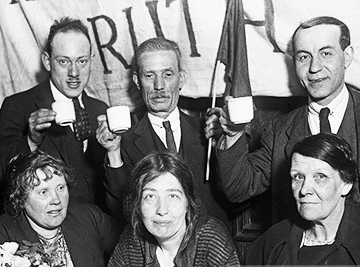
The WSF continued to move towards left-wing politics and hosted the inaugural meeting of the Communist Party (BSTI). Workers’ Dreadnought published Sylvia Pankhurst’s “A Constitution for British Soviets” to coincide with this meeting. In this article she highlighted the potential role of what she called Household Soviets – “In order that mothers and those who are organisers of the family life of the community may be adequately represented, and may take their due part in the management of society, a system of household Soviets shall be built up.”
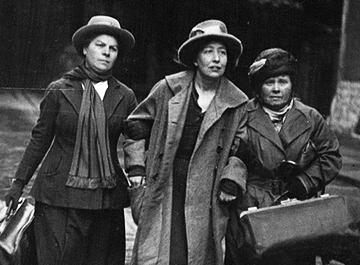
The CP(BSTI) was opposed to parliamentarism, in contrast to the views of the newly founded British Socialist Party which formed the Communist Party of Great Britain (CPGB) in August 1920. The CP(BSTI) soon dissolved itself into the larger, official Communist Party, but this unity was short-lived. When the leadership of the CPGB proposed that Sylvia Pankhurst hand over the Workers Dreadnought to the party she revolted. As a result she was expelled from the CPGB and moved to found the short-lived Communist Workers Party.
By this time she was an adherent of left or council communism. She attended meetings of the Communist International in Russia and Amsterdam, and those of the Italian Socialist Party. She disagreed with Lenin on his advice to work with the British Labour Party and was supportive of “left communists” such as Anton Pannekoek.
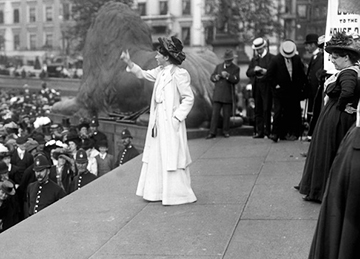
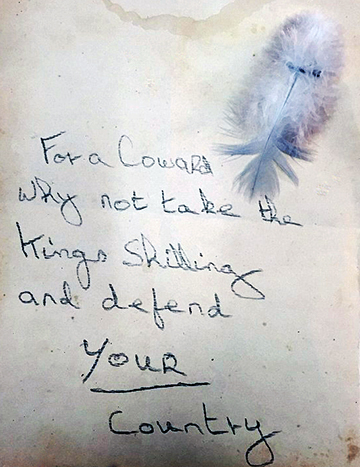
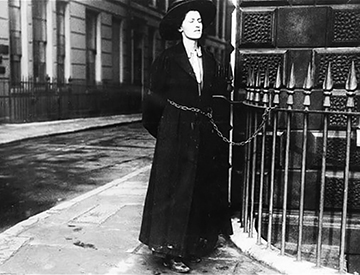
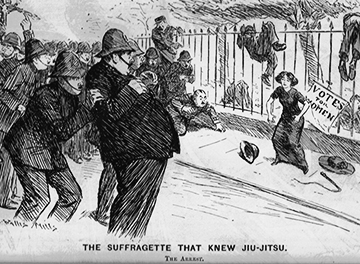
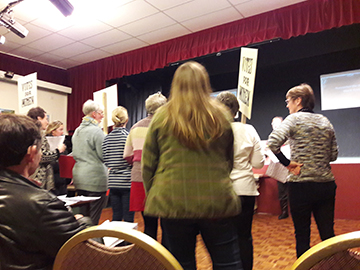
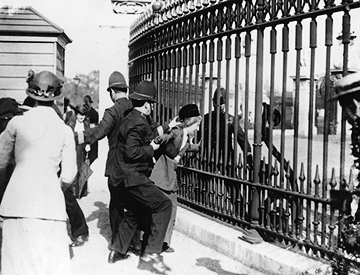
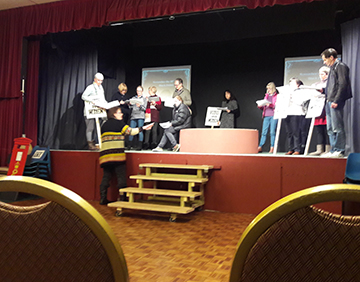
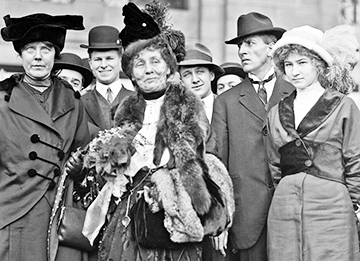
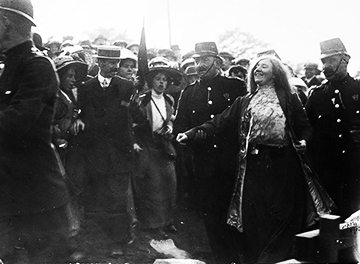
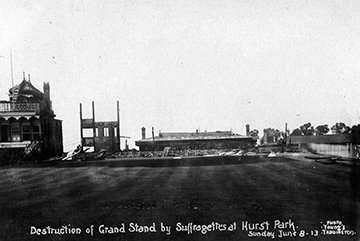
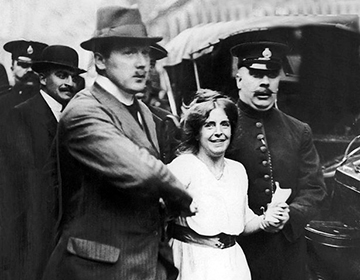
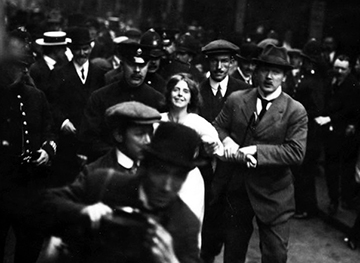
Leave a comment